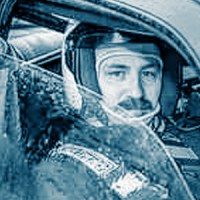Herbert Diess, Volkswagen‘s chief executive, addressed investors Monday to announce that the company’s new ID.3 electric vehicle will be 40 percent cheaper to build than the e-Golf. Concentrating on using the battery platform to also handle structural rigidity accounts for much of the savings. The electric Golf was a conversion of an internal combustion engine version of the Golf that wasn’t optimized for an electric powertrain.
“If you focus on an electric platform, all in all, it accounts for a 40% reduction against the predecessor electric Golf,” Diess said, “most of it from cells and the battery system.”
Reducing production costs is key to Volkswagen’s plan to shift production from combustion engine vehicles to electric vehicles without investors having to worry about reductions in the company’s profits.
Production on the ID.3 started at VW’s Zwickau plant on November 4, with German Chancellor Angela Merkel in attendance to mark the beginning of the automaker’s effort to sell 22 million electric vehicles worldwide by 2028. The Zwickau plant was converted from a combustion engine plant to strictly electric vehicle production. Diess says that dedicating the plant solely to EV production saves another 5 to 10% on costs.
All these savings, along with the refitting of manufacturing plants, is aimed at getting an ID.3 into your garage for about $33,000. Eventually, VW is looking to be able to offer an all-electric car for $22.500.
The ID.3 will soon be available in Europe, with a crossover SUV version coming to the United States not too long after. The electric motor in the ID.3 produces an equivalent of 200 horsepower through a rear-wheel drive system, with all-wheel drive coming soon. The body design will help give it a range of up to 341 miles on a single charge, depending on the power options you choose.
Another milestone in the VW ramp-up of electric mobility is the fall 2020 opening of the Dresden Gläserne Manufaktur, which VW says will become a Center of Future Mobility where innovative technologies are developed and tested in collaboration with industry partners and startups. The VW Group plans to launch up to 75 all-electric models and some 60 hybrid vehicles into the marketplace through 2029.



